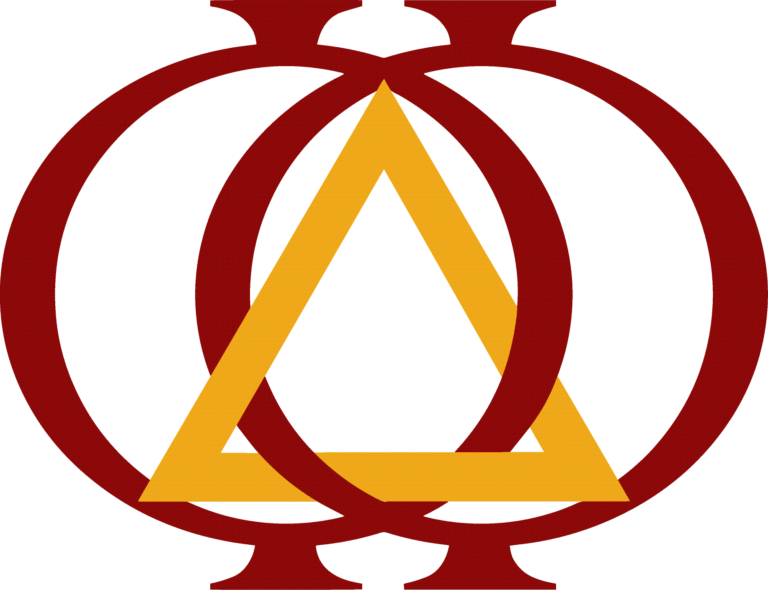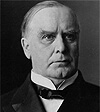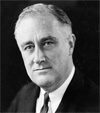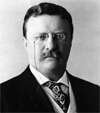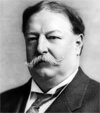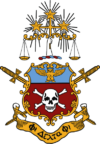Es gibt über 130 Gruppen (sogenannte Inns) an juristischen Fakultäten in den USA, Kanada, Mexiko, Polen und Deutschland. Die Inns werden bei der Gründung jeweils nach einem bedeutenden Juristen benannt, der den Mitgliedern fachlich und ethisch als Vorbild dienen soll. Wohingegen in den USA die einzelnen Inn oftmals die Namen von Bundesrichtern und Senatoren tragen, standen die ehemaligen Bundespräsidenten Herr Prof. Dr. Roman Herzog sowie Herr Dr. iur. Dr. h.c. mult. Richard Karl Freiherr von Weizsäcker Pate für die beiden ersten Inn in Deutschland, welche am 30. Oktober 2006 an der Bucerius Law School in Hamburg und am 03. Oktober 2008 an der Eberhard-Karls-Universität in Tübingen gegründet wurden.
Diesem Vorbild folgend, wurde im Jahr 2012 das dritte Inn an der Ludwig-Maximilians-Universität in München gegründet. Als Namenspate konnte Herr Prof. Dr. Dres. h.c. Hans-Jürgen Papier (Präsident des Bundesverfassungsgericht a.D.) gewonnen werden. In den folgenden beiden Jahren wurde das Michael Hoffmann-Becking Inn an der Johann Wolfgang Goethe-Universität in Frankfurt am Main (im Jahr 2013) und das Paul Kirchhof Inn der Ruprecht-Karls-Universität Heidelberg (2014) gegründet. Aktuell befinden sich die Inns in Bayreuth und Jena in Gründung.
In allen Gruppen besteht als Aufnahmekriterium ein Mindestnotendurchschnitt, der die Gruppe der Kandidaten grundsätzlich zur Mitgliedschaft auf das obere Drittel beschränkt.
Insgesamt wurden seit Bestehen der Studentenvereinigung über 200.000 Mitglieder aufgenommen. Vergeben wird dabei eine lebenslange Mitgliedschaft so dass die Gruppen der Vereinigung ein aktives Netzwerk zwischen Alumni und Studenten sowie zwischen Anwendern und Studenten des Rechts darstellen. Neben den aktiven (studentischen) Mitgliedern werden auch Ehrenmitglieder aufgenommen, die Juristen von bedeutendem Stand, hingegen nicht mehr aktive Studenten sind. Auch hierdurch vernetzt sich Phi Delta Phi noch stärker.
Während der über 130 Jahre des Bestehens hat keine andere Studentenvereinigung in den USA so viele Mandatsträger hervorgebracht. Es finden sich unter den Mitgliedern von Phi Delta Phi mehrere US-Präsidenten, zahllose Supreme Court Richter (sehr häufig sind mehr Mitglieder als Nicht-Mitglieder am Supreme Court zu finden), Senatoren, Kongressabgeordnete und einflussreiche Mitglieder des juristischen Standes.
Die neuen Mitglieder werden in einer Einführungszeremonie (dem Ritual) eingeschworen. Dabei stellt der Esquire die neuen Mitglieder dem Bench (Vorstand) vor. Im Folgenden werden ihnen die Ideale der Vereinigung vorgestellt, die die neuen Mitglieder durch eine Eidesformel bekräftigen.
Organisatorisch und in den Bezeichnungen sowie Titel lehnt sich Phi Delta Phi dabei an ein angelsächsisches Gericht an:
Eine lokale Gruppe (Inn) wird von einem Magister geleitet. Ihm stehen mehrere Officer zur Seite.
Mehrere Inns werden in einer Province zusammengeführt, die von einem Province President (meist ein Alumni-Mitglied) geführt wird.
Allen Provinces steht der Council vor. Er führt das Headquarter in Washington D.C.
Für Streitigkeiten innerhalb der Vereinigung ist das Court of Appeal eingerichtet.
Alle zwei Jahre treffen sich Vertreter aller Gruppen zu einer Zusammenkunft (Convention), um die Aktivitäten der Studentenvereinigung zu bestimmen und zu kontrollieren.
